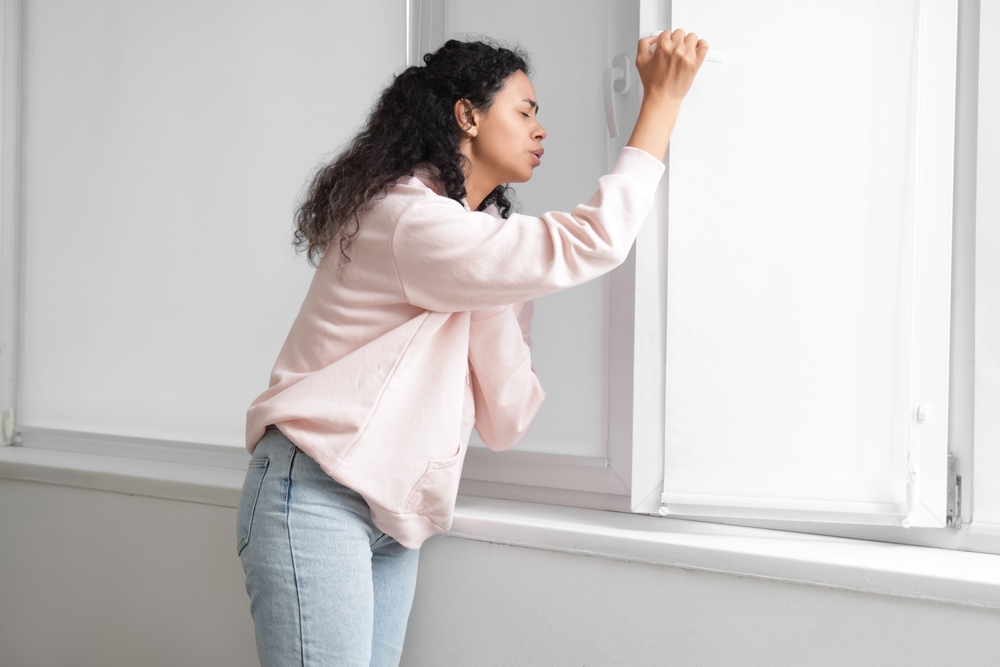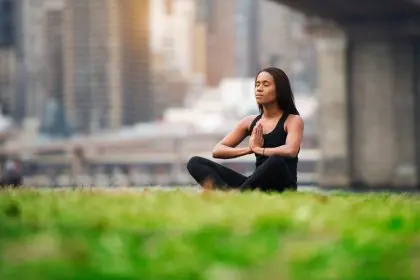Mental health professionals explain that panic attacks in public spaces often feel more intense than those experienced at home. The fear of judgment, limited escape routes, and the presence of strangers can amplify anxiety symptoms. Research shows that approximately 15% of adults experience panic attacks, with public episodes being particularly challenging.
The physical reality of panic
When panic strikes in public, the body enters a heightened state of arousal. Dr. Rachel Cohen, leading anxiety specialist at Metropolitan Behavioral Health Center, explains that understanding these physical responses helps individuals regain control. The racing heart, shallow breathing, and dizziness stem from the body’s natural fight-or-flight response rather than actual danger.
Breaking the cycle of anticipatory anxiety
One of the most challenging aspects of public panic attacks involves the fear of future episodes. This anticipatory anxiety often leads people to avoid public spaces, creating a cycle that reinforces fear. Mental health experts emphasize that breaking this cycle requires gradual exposure combined with proper coping techniques.
The role of breathing in panic prevention
Research from the Neural Behavior Institute demonstrates that controlled breathing significantly reduces panic attack frequency. The key lies not just in deep breathing, but in maintaining a consistent breathing pattern that signals safety to the nervous system. Specialists recommend practicing these techniques regularly, not just during attacks.
Creating a personal safety framework
Mental health professionals emphasize developing individualized strategies for managing public anxiety. This framework includes identifying personal triggers, establishing safe zones, and creating reliable response patterns. Recent studies show that individuals with established coping frameworks experience fewer severe episodes.
The power of grounding techniques
Grounding exercises help maintain connection with the present moment during anxiety spikes. Dr. Michael Stevens, cognitive behavioral specialist, explains that engaging multiple senses prevents the mind from spiraling into panic. Simple actions like feeling texture differences or identifying specific colors can interrupt the anxiety cascade.
Building a supportive environment
Research indicates that social support significantly improves outcomes for individuals managing panic attacks. However, many struggle with sharing their experiences. Mental health experts recommend starting with trusted friends or family members who can provide understanding and assistance during public outings.
The movement connection
Physical activity plays a crucial role in anxiety management. Studies show that regular exercise reduces panic attack frequency by up to 40%. However, the key lies in finding comfortable forms of movement that don’t trigger anxiety symptoms.
Nutritional impacts on anxiety
Recent research reveals strong connections between diet and panic attacks. Caffeine sensitivity, blood sugar fluctuations, and dehydration can all trigger or worsen episodes. Understanding personal dietary triggers helps prevent unexpected anxiety spikes in public settings.
Technology as a tool
Modern applications and devices offer new ways to manage public anxiety. From breathing guidance to instant connection with support networks, technology provides discrete assistance during challenging moments. However, experts caution against over-reliance on digital tools.
The sleep connection
Sleep quality significantly impacts anxiety resilience. Poor sleep patterns increase vulnerability to panic attacks, while consistent rest improves emotional regulation. Creating healthy sleep routines supports overall anxiety management.
Mindfulness in motion
Incorporating mindfulness into daily activities helps build resilience against public panic attacks. Rather than requiring formal meditation, this approach involves maintaining awareness during regular activities. Practice helps individuals recognize early anxiety signs before they escalate.
Professional support strategies
While self-help techniques prove valuable, professional guidance often provides crucial support. Cognitive behavioral therapy shows particularly strong results for public panic management. New therapeutic approaches combine traditional methods with modern understanding of neural patterns.
Environmental awareness
Understanding how different environments affect anxiety levels helps in developing effective prevention strategies. Factors like lighting, noise levels, and crowd density influence panic attack likelihood. Learning to navigate these variables improves public space comfort.
Building confidence through exposure
Gradual exposure to challenging situations builds confidence and reduces panic attack frequency. Mental health professionals recommend starting with brief visits to less challenging locations, gradually increasing duration and difficulty as comfort grows.
The role of routine
Establishing consistent daily routines provides stability that supports anxiety management. Regular patterns in sleep, eating, and activity help maintain emotional balance and reduce vulnerability to panic attacks.
Chemical balance and anxiety
Understanding how substances affect anxiety helps prevent unexpected episodes. Alcohol, caffeine, and certain medications can trigger or worsen symptoms. Working with healthcare providers ensures proper management of necessary medications while minimizing anxiety impacts.
Future-focused thinking
Rather than focusing solely on current challenges, mental health experts recommend developing long-term perspectives on anxiety management. This approach helps maintain motivation during difficult periods and celebrates progress over time.
The recovery process
Recovery from panic attacks involves more than symptom management. Building resilience, understanding personal patterns, and developing comprehensive coping strategies create sustainable improvement. This process requires patience and self-compassion.
















